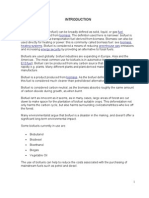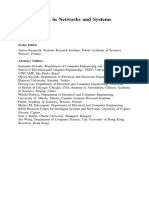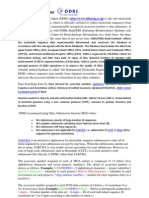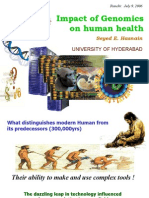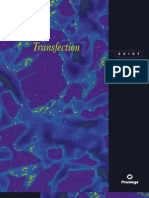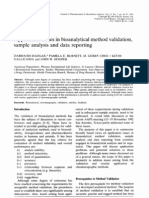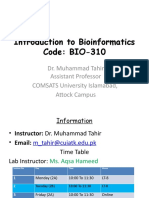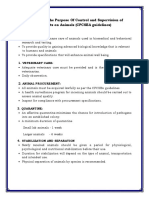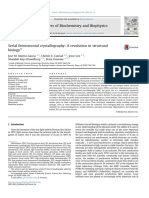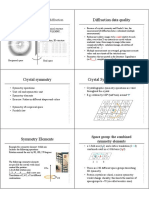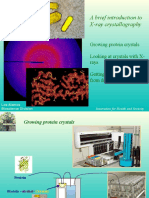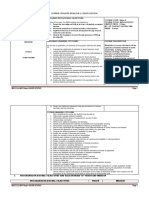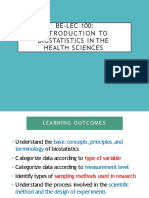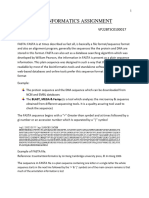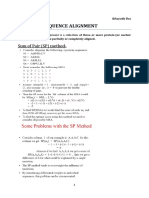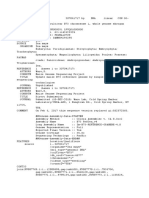0% found this document useful (0 votes)
119 views27 pagesJoint Beca-Ilri Hub, Slu and Unesco Advanced Genomics and Bioinformatics
This document provides an overview of a week-long bioinformatics training program covering topics such as Linux, Perl programming, sequence manipulation, regulatory sequence analysis, and CLC Genomics software. The program introduces concepts of bioinformatics including analyzing large biological datasets to answer biological questions and formulate hypotheses. Bioinformatics draws from fields including molecular biology, genetics, biochemistry, mathematics, and statistics to solve multidisciplinary problems. Applications include research in molecular processes, medicine, pharmacology, and biotechnology.
Uploaded by
Brandon ArceCopyright
© © All Rights Reserved
We take content rights seriously. If you suspect this is your content, claim it here.
Available Formats
Download as PDF, TXT or read online on Scribd
0% found this document useful (0 votes)
119 views27 pagesJoint Beca-Ilri Hub, Slu and Unesco Advanced Genomics and Bioinformatics
This document provides an overview of a week-long bioinformatics training program covering topics such as Linux, Perl programming, sequence manipulation, regulatory sequence analysis, and CLC Genomics software. The program introduces concepts of bioinformatics including analyzing large biological datasets to answer biological questions and formulate hypotheses. Bioinformatics draws from fields including molecular biology, genetics, biochemistry, mathematics, and statistics to solve multidisciplinary problems. Applications include research in molecular processes, medicine, pharmacology, and biotechnology.
Uploaded by
Brandon ArceCopyright
© © All Rights Reserved
We take content rights seriously. If you suspect this is your content, claim it here.
Available Formats
Download as PDF, TXT or read online on Scribd
/ 27



